Lean to Fat (LTF): Making the Transition
By Puneet Agarwal, October 7, 2010
The “lean startup” movement continues to grow with startups becoming more capital efficient while raising smaller and smaller dollars at the earliest stages. However, the data still shows that additional capital in the double digits and beyond is required over the life of a company to achieve larger sized exits north of $100M in value. Moreover, excess capital exists at the Series B stage and later so we may not see the same level of efficiency we have seen at the earliest stages for some time.
One question I often get asked is when to make this transition from “lean to fat.” At True, we have had numerous outside led financings this year averaging in the $5M range for companies that originally raised sub $1M rounds. Here are some of the key inflection points that I have observed:
Survival:
Need for money just to meet payroll or keep the lights on. This is not the place you want to be in since you have the least leverage and is the hardest place to actually raise money.
Obvious Constraints:
An example here would be your inside sales guy is completely maxed out and has blown away his quota the past two quarters and simply can’t meet demand. At this point, it makes sense to raise capital.
Pure Opportunity:
This is the toughest inflection point since it’s typically not revenue based and more about a belief in the overall opportunity. This is where I’ve seen most startups and investors slip up since the opportunity did not live up to expectations.
Leadership Round:
This can also be described as lean to “very” fat. Think of Facebook raising $836M or Zynga raising $519M, all of which they are not planning to spend. Part of the reasoning here is to avoid going public because of stiffer regulations but also to seize all momentum in the space.
The big caveat here is that making the transition is not for everybody. Raising money brings another set of expectations that companies often do not achieve. It’s most important, therefore, to first understand where your own internal goals lie.
Note: The above post was sparked by an interesting discussion I had while speaking last week at the Portland Lean Startup Circle. Special thanks to Mike Herrick for inviting me to speak!

